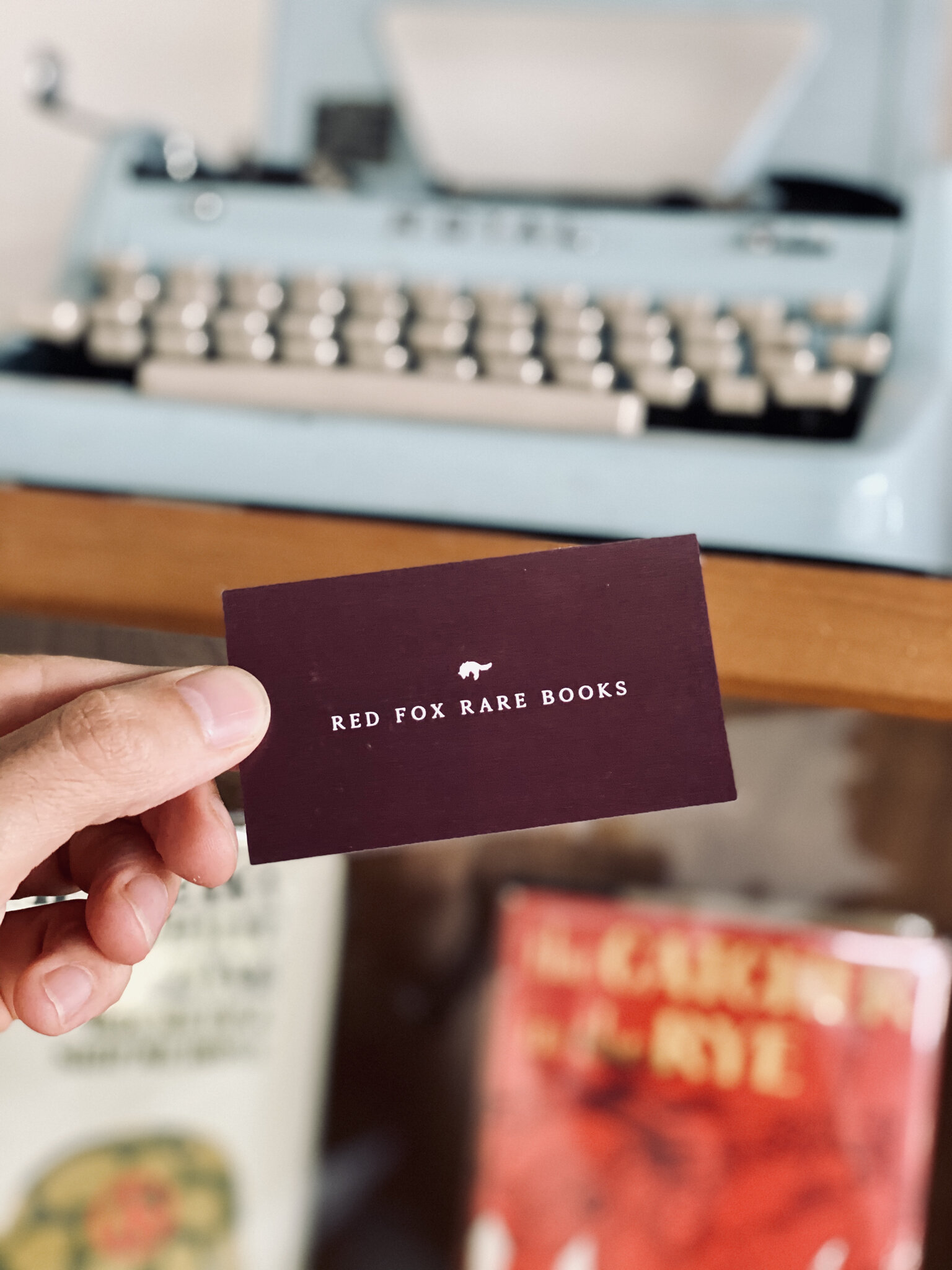How to spot The Godfather First Edition
Sleeping with the Dust Jackets: Collecting the First Edition of The Godfather
Let’s get one thing straight: if you're a fan of literature, mafia lore, or just want a book on your shelf that radiates "I have taste and possibly connections," then The Godfather by Mario Puzo should be somewhere in your sights. Ideally, a first edition. Not a movie tie-in paperback with Marlon Brando’s face on it. Not the yellowed thing you found in your uncle’s basement with suspicious spaghetti stains on page 137. I mean the real deal.
Published in 1969 by G.P. Putnam’s Sons, The Godfather was Mario Puzo’s breakout novel—an operatic blend of crime, family, betrayal, and cannoli that helped elevate pulp to prestige. And if you’re a rare book collector, or thinking of becoming one (bless your wallet), this is a title worth chasing.
1. The Publisher Details
The copyright page should state no other printings and simply show:
Library of Congress Catalog
Card Number: 69-11465
That’s it. No "First Printing," no number line, no surprises. Clean as a whistle. Subsequent printings will state such, e.g. “Thirteenth Printing”, etc. The Book Club Edition does not show the library of Congress Catalog & Number statements.
446 pages
Black cloth spine, white boards and red paste-downs.
True first edition and it’s copyright page.
First Edition, 4th printing and it’s copyright page.
2. Dust Jacket Tells No Lies
Price should read $6.95 in the upper right corner of the front flap. If it’s clipped? Fuhgeddaboudit.
The front flap should show the code 6903 in the bottom left corner.
If the front flap says “Book Club Edition,” politely return it to whatever dusty thrift store shelf it crawled out of.
3. The Book Itself
Bound in black cloth with gold spine lettering, dressed in white cloth boards and the iconic gold stamped puppeteer design to the front panel.
Page fore-edges should be deckled (uncut), not speckled with 50-year-old marinara.
A Word on the Film (Because Let’s Be Honest…)
The book sold well—really well—but it was the 1972 film adaptation by Francis Ford Coppola that transformed it into a cultural landmark. The movie, often cited as one of the greatest of all time, turned Marlon Brando’s mumble into legend, introduced horse heads into interior design nightmares, and helped countless men justify naming their daughters “Kay.”
But the book came first. And it’s far pulpier than the film. There are subplots, steamy affairs, and enough internal monologues to make Freud sit up in his grave. For collectors, this makes it all the more fascinating: a trashy, delicious bestseller that became high art through the magic of cinema—and now, a coveted literary artifact.
Collecting Rare Books: An Offer You Should Refuse (But Won’t)
Getting into rare book collecting is like joining the mob. It starts with something small—maybe a signed Bukowski, or a pristine Vonnegut—and next thing you know, you're dropping four figures on a copy of The Godfather and justifying it as a "long-term asset."
First editions of The Godfather in near fine-to-fine condition can command between $1,500 and $3,000. Got a signed copy? Now you’re talking $4,000 or more. And no, a signed Post-it note from your friend Mario doesn’t count.
Final Thoughts from the Safehouse
Owning a first edition of The Godfather is like holding a little piece of American mythos. It’s crime fiction elevated to literature, pulp turned into legacy. It's a book that defined a genre and inspired three films, two of which were masterpieces and one of which... exists.
If you can get your hands on a true first edition, do it. Make space on the shelf, polish up your shelf talk, and maybe—just maybe—keep the cannoli.
Want help tracking one down or writing a killer listing if you’ve already got one? I’m here, wearing my rare book gloves and smelling faintly of old paper and ambition.
If you're starting a collection of modern American literature, The Godfather is an essential title—both for its literary impact and its pop culture legacy. Whether you’re investing or just curating a shelf of favorites, knowing how to spot a true first edition is crucial. Look for the right publisher, confirm the price and printing details, and always inspect the jacket carefully.










